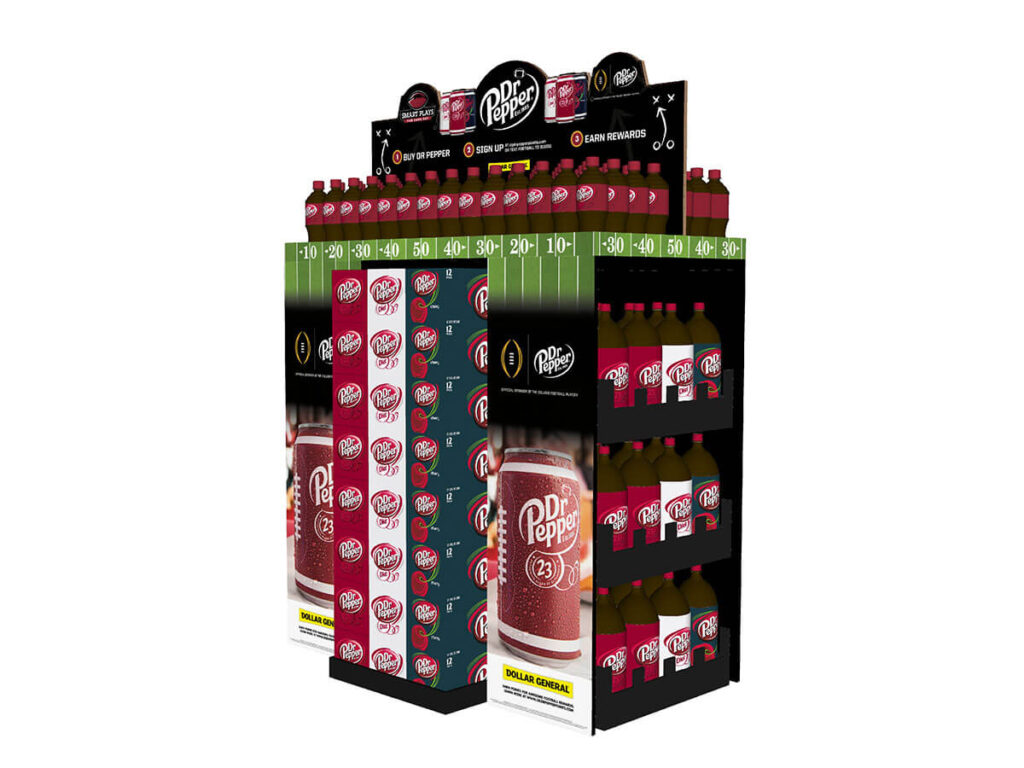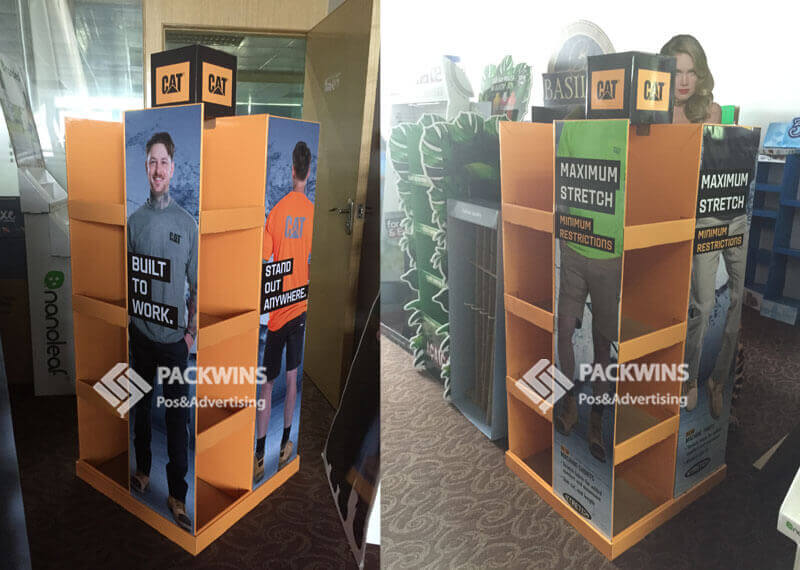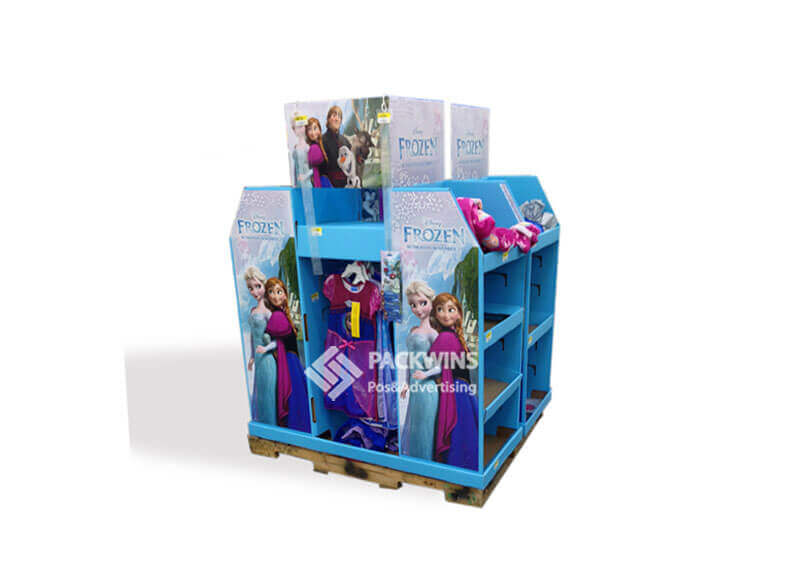In today’s competitive retail landscape, building brand loyalty is more challenging than ever. Consumers are bombarded with countless options and marketing messages, making it crucial for brands to stand out. One powerful way brands are fostering loyalty is through innovative and memorable in-store experiences, and cardboard displays play a key role in achieving this.
Cardboard displays are not just for showcasing products—they can be transformed into impactful tools for engaging customers, telling a brand story, and encouraging repeat business. Here are three brands that have used creative cardboard displays to build customer loyalty and enhance their retail presence.
1. Dr Pepper: Interactive Displays That Connect with Fans
Dr Pepper, a beloved soft drink brand with a loyal fanbase, used cardboard displays to not only promote their product but also deepen the connection with their customers. By integrating interactive elements like QR codes and in-store contests, Dr Pepper created displays that encouraged shoppers to engage in a fun and memorable way.
For example, the brand launched a campaign where customers could scan a QR code on the cardboard display to unlock a chance to win exclusive merchandise or discounts. The display itself was designed to mimic a vending machine, complete with fun graphics and elements that resembled a real-life experience of choosing a drink.
By making the display interactive, Dr Pepper turned a simple promotional tool into a brand experience that resonated with consumers. It wasn’t just about the product—it was about fostering a deeper connection with the brand. This level of engagement helped Dr Pepper build a more loyal following, as customers felt personally involved in the brand’s story.

2. CAT (Caterpillar): Reinforcing Brand Heritage with Bold, Durable Displays
For a company like Caterpillar (CAT), known for its tough, durable machinery, building loyalty among customers who rely on these products for their livelihoods is crucial. CAT used cardboard displays to create a direct and powerful connection between their products and the customers who use them.
One standout campaign saw CAT designing displays that featured large, bold imagery of their machinery, but with a twist—they were made from heavy-duty cardboard designed to mirror the strength and resilience of their machines. These displays were positioned in stores that sold CAT gear, and featured images and messaging that spoke to the brand’s heritage and reliability.
Not only did the displays reinforce CAT’s brand identity as tough and durable, but they also connected emotionally with loyal customers who associate CAT with quality and dependability. The immersive, branded experience made customers feel more confident in their purchases and, over time, helped foster loyalty by reminding them of the value that CAT stands for.

3. Disney: Bringing Magic to Life with Themed Cardboard Displays
Disney is a brand that knows how to create magical, memorable experiences. They used themed cardboard displays to tap into the hearts and imaginations of their fans, encouraging them to interact with the brand in-store and build long-term loyalty.
One example of Disney’s success with cardboard displays involved the release of a new movie or toy line. Disney created character-driven displays that were designed to reflect the magic and wonder of the Disney universe. For example, displays were made to look like Cinderella’s castle, or featured life-sized cutouts of characters like Elsa or Iron Man.
The interactive nature of these displays made them not just a point of sale, but also a photo opportunity for customers—especially families with children. Shoppers would often stop to take photos, creating social media buzz and sharing their Disney experience with others. This viral content helped boost Disney’s visibility and fostered an emotional connection with the brand, encouraging loyalty from both parents and children.
In addition to the visual impact, Disney’s cardboard displays also included coupons, game codes, or exclusive content linked to the display, which added further incentive for customers to return to the store and engage with the brand again.

Conclusion
These three brands—Dr Pepper, CAT, and Disney—show how cardboard displays can go far beyond their traditional role as simple product holders. When designed with creativity and purpose, cardboard displays become tools for brand storytelling, customer engagement, and loyalty building.
Each of these success stories shows that by focusing on the customer experience, offering interactive elements, and reinforcing brand values, businesses can transform in-store displays into memorable experiences that encourage repeat visits and foster lasting loyalty. If your brand isn’t already utilizing cardboard displays in a strategic way, now is the time to start thinking creatively about how these displays can help you connect with your customers and build a loyal following.



